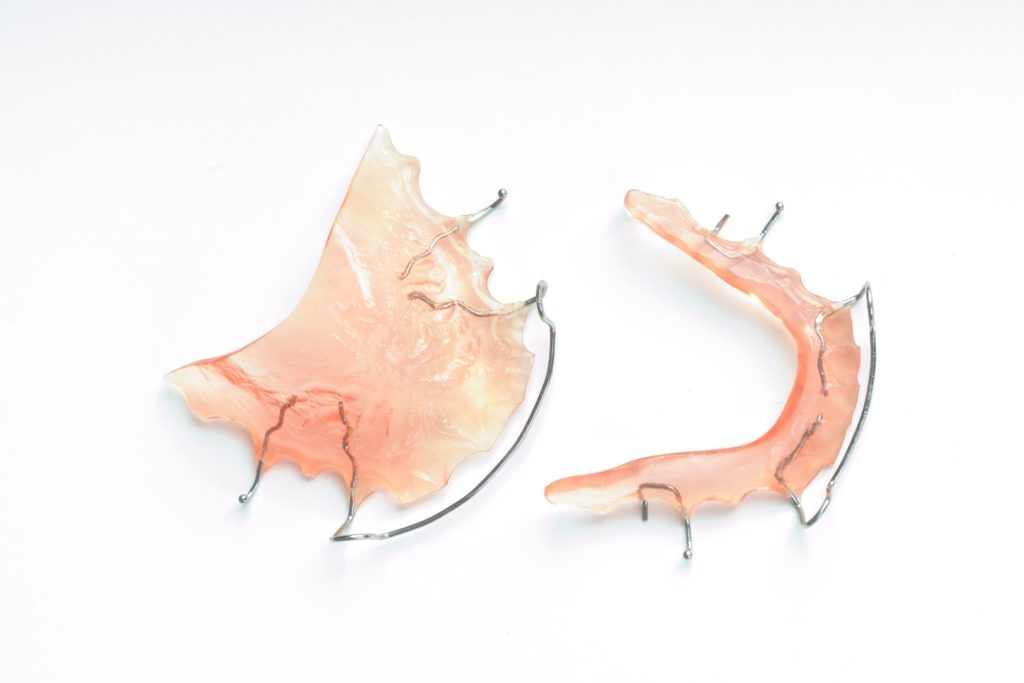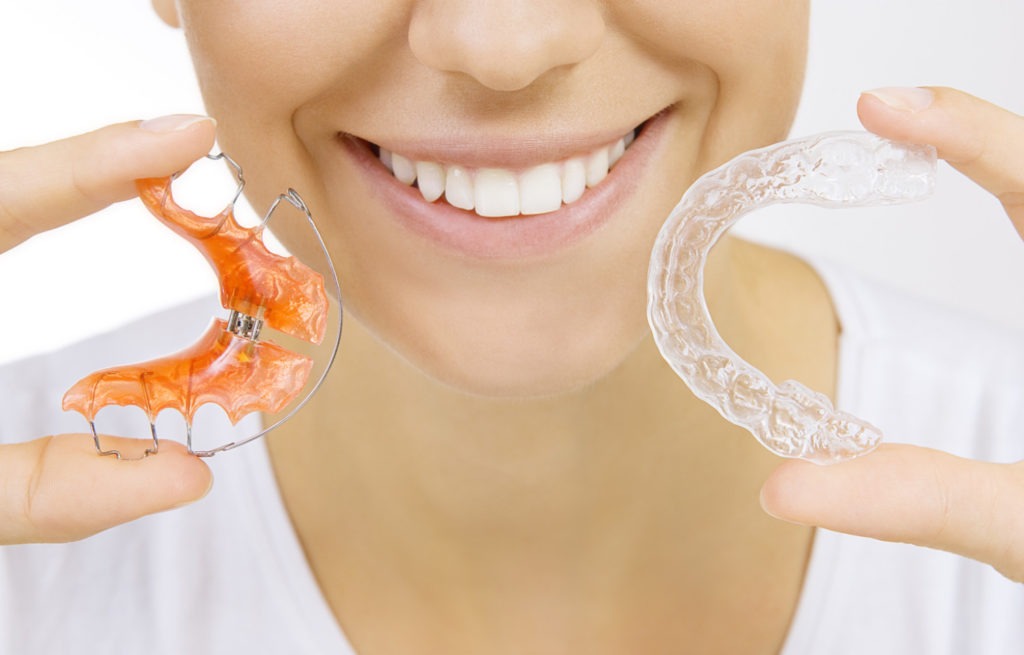When you’ve spent years in braces or Invisalign aligners, there’s a lot of time and effort that goes into orthodontic treatment. It’s an exciting day you get to say goodbye to your appliances. It’s been a tedious, hard road to a beautiful smile, and you’ve sacrificed a lot. But you’re not at the finish line yet – you’ve got a little further to go.
Maintaining your beautiful smile is just as important as creating it. You’ll maintain that smile through retention – the second phase of your treatment. Your orthodontic treatment will be successful if you diligently wear your retainer. Here at Thacker Orthodontics, our patients hear us talk a lot about retainers and why they’re an integral part of keeping their teeth in their new and improved positions. To help you understand how retainers prevent your teeth from drifting back into their old placements, we’ve put together this helpful guide.
Retainers
A retainer is simply a device to keep a patient’s teeth aligned after they’ve completed their orthodontic treatment. Retainers are custom-molded and designed to fit each patient’s mouth. They keep teeth in their desired position (or retain them) using guidance and pressure.
We can use a variety of retainers at the end of your orthodontic treatment, but there are two basic types: fixed and removable. When we remove braces, we normally give patients two retainers. The upper retainer is usually removable and the lower retainer is usually fixed or glued to the inside of your front teeth. We take several factors into consideration before deciding which kind would best fit you and your lifestyle, including your specific treatment and the overall compliance expected.
A fixed retainer usually has a thin wire across the inside surface of your the lower or upper front teeth. This is bonded to your teeth with a glue similar to the kind used to attach your braces. Although a fixed retainer can take a little more work to keep clean, it tends to have the best outcome.
There are two types of removable retainers. The first is made up of a clear plastic material. The other removable retainer is made up of a wire going across the front teeth, held in place with an acrylic material and clasps. The clasps wrap around the back teeth to keep the retainer in place. This is also called a Hawley retainer, and it’s probably the most recognizable kind. Cleaning your teeth is easier with these retainers, but you’ll have to remember to wear it every day.
You can blame genetics for crooked teeth or a misaligned bite. If you don’t use a retainer after braces, your genetics will come into play again and the teeth will revert to the way they were before the orthodontic treatment. If you ignore the retainer, an orthodontic relapse will occur which might require extensive treatment to fix. Your teeth will shift in the years after removing your braces but how much they shift depends on how regularly you wear the retainers.
5 Reasons Why Retainers Are Important
1. Retainers Stabilize Your Bite
Once your braces are removed, the soft tissues and bone need time to adapt to the changes made in tooth positioning. They slowly stabilize in their new arrangement, and once that happens, it’s unlikely your teeth will shift out of their position. For at least two months, wear your retainers for at least 12 to 22 hours each day to prevent a relapse.
2. Retainers Maintain Space for Wisdom Teeth and New Teeth
Braces are most commonly worn by preteens and teenagers, whose bodies are still developing. So, they would use retainers around the same time when wisdom teeth erupt. When patients use the retainer diligently, they’ll maintain the necessary space in their jaw to accommodate new teeth like wisdom teeth. Constant use of retainers ensures that the teeth do not shift or crowd due to lack of space.
3. Retainers Prevent Treatment Reversal
Teeth will start moving back to their old position in the months following the removal of braces. By wearing a retainer every night for at least several months, you can prevent this reversal. However, depending on your case, you may need to wear a retainer for a couple of years.
4. Retainers Align Your Bones with the Gums
While your teeth align to a new position, the gums and bones surrounding the teeth take longer to do the same. Retainers help accelerate alignment and stabilize your bite.
5. Retainers Help Teeth Hold Their Position
If you use braces to correct the gaps in your teeth, it will take a longer time for your teeth to stabilize. This can hold true even for severely displaced teeth, large overbites and underbites. Teeth that need to move a large distance or be repositioned significantly should be held firmly in their new spaces until the mouth can adapt to these changes. Your retainer helps achieve this.
As you can see, the success of your orthodontic treatment depends upon you diligently wearing your retainer. It prevents your teeth from moving back to the position they were in before you had treatment, and there are a variety of retainers and a variety of retention options to fit the unique needs of each patient.
The team at Thacker Orthodontics is committed to giving you the smile you deserve. We’re a family here, and we work together to make sure our patients receive top quality care in a professional, comfortable environment. Stop by our office in Cincinnati or Hillsboro, or call us today to set up your free consultation. We’re here to get your child started on the path to their very best smile.


